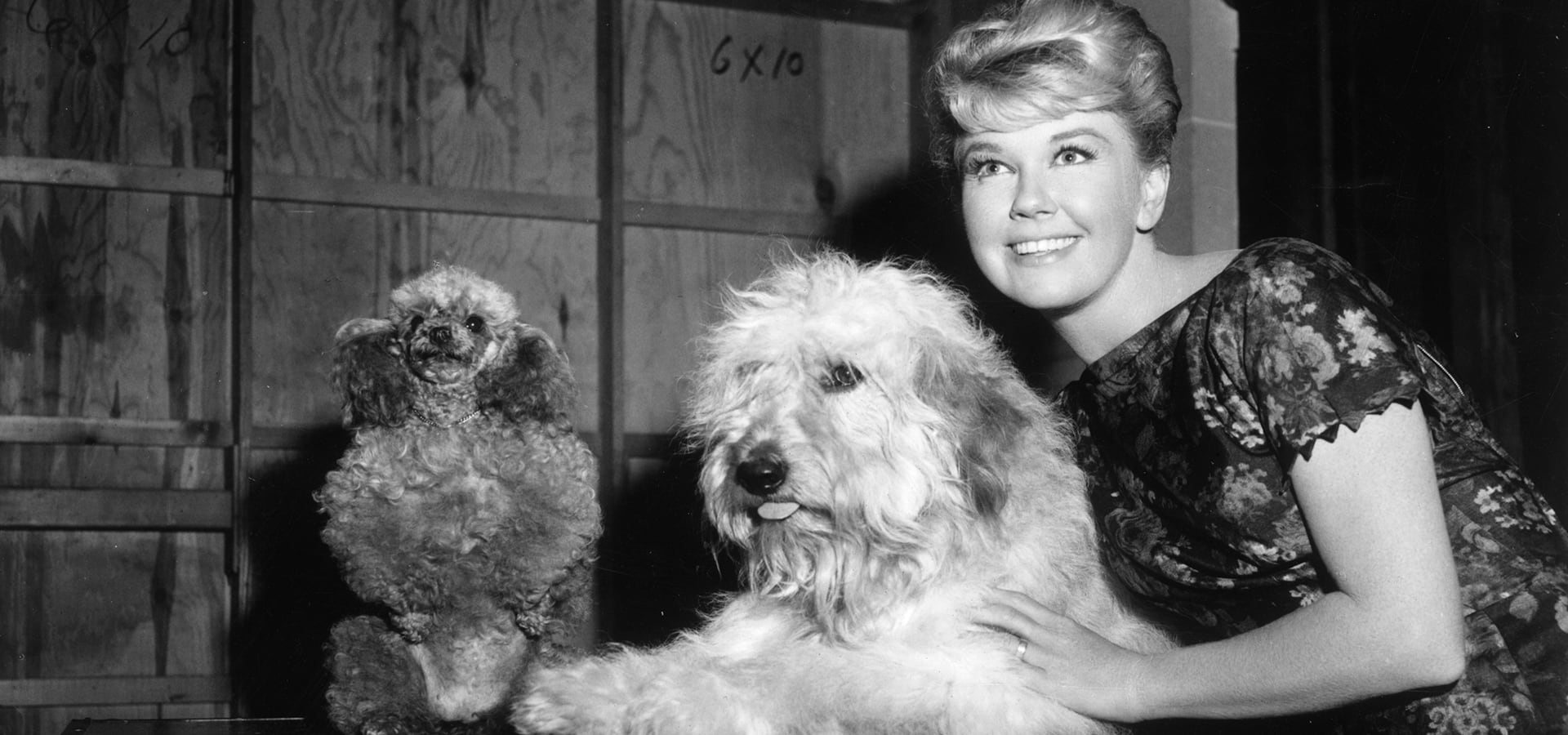
Carmel’s Doris Day Spent Her Later Life Supporting Animal Rights
The beloved actress and singer died on Monday at age 97.
-
CategoryArts + Culture, Film + TV, Music + Podcasts, Sustainability
I remember visiting the Cypress Inn in beautiful Carmel-By-the-Sea a couple years ago. The small, Spanish-style hotel, charming in its own right, got progressively more endearing as you wandered the lobby and restaurant admiring the memorabilia of its famous owner, Doris Day. Though Day no longer ran the day-to-day operations of the hotel, her sunny presence here was undeniable. There are posters from her hit films in the bar, childhood toys perfectly arranged in a curio cabinet and several portraits of dogs, many hers at one time or another.
Doris Day was a huge animal activist, long before other celebrities or organizations took up the cause publically. As her career started to wind down in the ’60s and ’70s, she put both her time and her image toward promoting animal rights. She encouraged pet owners to spay and neuter their dogs and cats, worked to shut down puppy mills, supported a bill to stop the slaughter of wild horses and advocated for more pet-friendly hotels, including her own.
According to W Magazine, “From 1968 to 1973, Day led her own sitcom, The Doris Day Show, which chronicled the life of a city dweller who moves to a California ranch. The series presented plenty of opportunities for her to work with animals on set—from dogs to horses to monkeys—and ultimately inspired her to found nonprofit organizations that would advocate for better treatment for working animals in Hollywood. Before it was something of a trend to even publicly condemn the wearing of fur, Day cofounded an animal welfare nonprofit organization called Actors and Others for Animals, in 1971, and founded the Doris Day Pet Foundation (which has since been renamed the Doris Day Animal Foundation) seven years later.”
You can read more about Doris Day’s animal rights legacy here.
Friday Finds: Earth-Friendly CA Wines
We have a major crush on these organic and/or biodynamic California wines.
Exploring the Sites and Bites of Food-Friendly Sacramento
A handbook guide to some Capital assets.


















